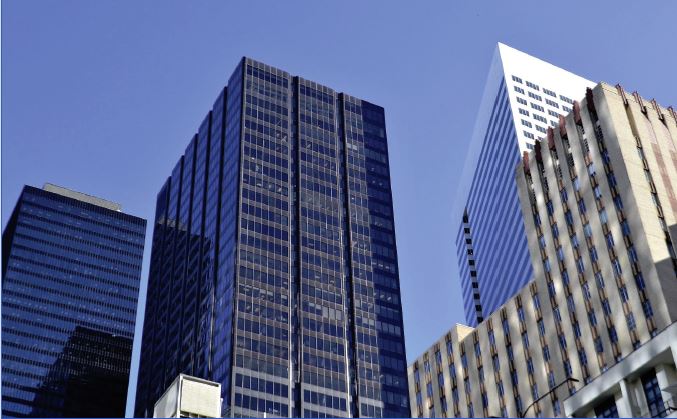Self-storage has become one of the most profitable real estate investments out there.
One of the “quieter” sectors, its numbers reflect broader shifts in consumer behavior, such as the permanent adoption of hybrid work schedules, the rebirth of recreational activities in the wake of the pandemic, and the continued migration of households to lower-cost metros, all of which are contributing to demand.
Marcus & Millichap’s recently released Q3 Self-Storage National Report gives us more insight.
Self-storage entered 2H 2022 in a strong position, having accumulated additional renter demand during the peak of COVID-19, and it has continued to outperform itself for the last few years.
The average asking rent for a standard 10-foot by 10-foot unit in June was up 15% compared to the end of 2019 and vacancy contracted 190 basis points to 6.6%. Chicago, specifically, experienced a more than 20% increase in rents—among the highest in the U.S.—between 2019 and 2022.
The report lists a few reasons for this. Properties, for one, have benefited from remote work, as well as population growth and migration.
Another reason for the sector’s continued growth is due to increased relocation activity. More than half of the millennial generation is now over the age of 30, which is spurring relocation as people pursue larger residences in more affordable metros. Many baby boomers have also reached the age of retirement, with the transition to a fixed income encouraging a migration to cities with lower taxes.
As for the future of self-storage, Marcus & Millichap said the pendulum could swing both ways. There’s a chance that softening consumer sentiment, due to inflation and climbing interest rates, could impact demand soon, as fewer new possessions and higher costs may cause storage renters to end leases. On the other hand, a recessionary period might prompt households to consolidate to mitigate expenses, translating to increased storage usage, based on the report.









